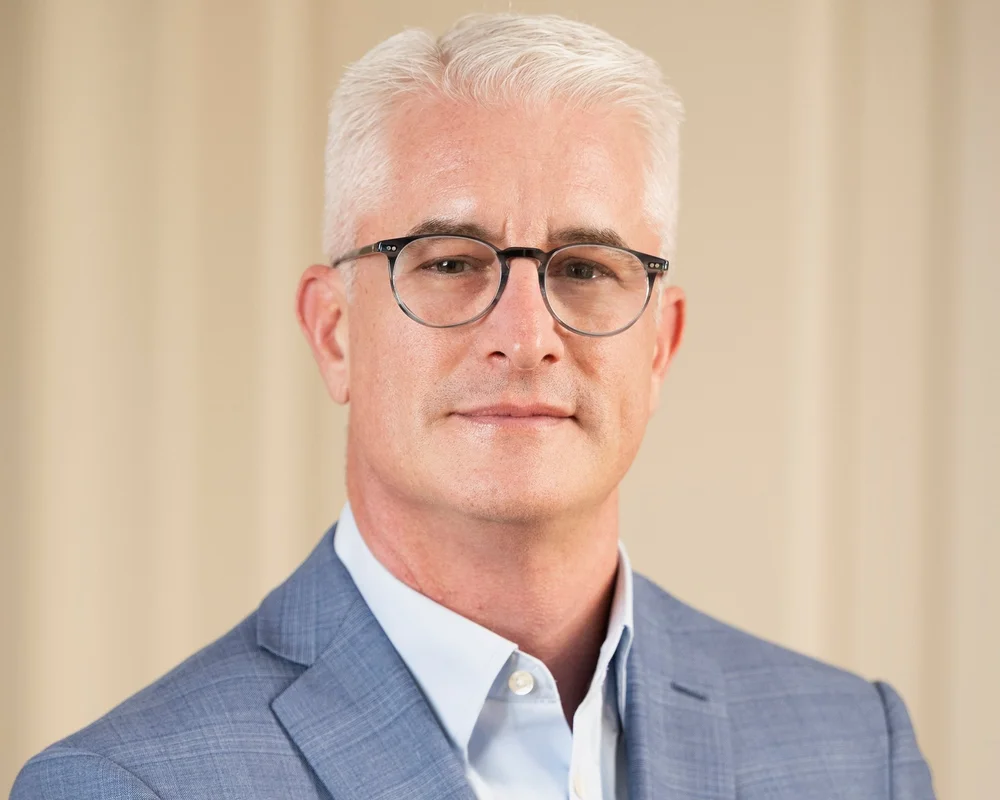This Industry Viewpoint was contributed by David W Wang
As the cloud computing services in the US are wrapping up for 2015, a new landscape is emerging more clearly in front of us: the industry is evolving into three major segments: the cloud service providers (CSPs), the data center operators (DCOs), and network connectivity providers (NCPs). Please note a CSP and DCO can overlap, meaning a CSP can provide cloud services from their own data centers; also an NCP can be a CSP at the same time. As the year 2015 has witnessed, however, the NCP being a CSP phenomenon is fading away as speak. Major US telcos like AT&T, Verizon and CenturyLink are either starting to spin off cloud data centers they own or recently acquired, or de-emphasize their public infrastructure as a Service (IaaS) cloud offers. So where will the cloud industry head for in 2016? I think the evolutionary path of the electricity or power utility industry may mirror well the future of cloud computing. We know electricity has become a centralized utility since the start of the 20th Century. Now cloud computing is following a similar track to evolve into a centralized resource and service.
The centralized utility computing gets trendy from the demand side. Traditionally enterprise IT over-provisioning is a routine practice to secure peak time operations with some substantial costs associated. IT department must buy more hardware and servers than is needed on average, in order to “buffer” peaks such as the big stock trading days or the holiday shopping season or unanticipated surges from the users. But for the non-peak periods, the IT department has to bear the big headaches of sunk costs from underutilization idle time. Now cloud changes all that and IT clients can only pay for what they use. The centralized utility computing makes a very good choice for medium-high and stable resource-demanding applications, while its variation called instance computing can handle sporadic peak hours very effectively.
From the supply standpoint, centralized utility computing requires the demand strong and stable, just like consumers use electricity and water every day. Otherwise it is unreasonable to meter just smaller or occasional usage. This is why centralized utility computing is mostly applied to enterprise cloud services where consistent resource demands are expected and consumed. As we enter 2016, it becomes more obvious that majority of enterprise verticals like finance, healthcare, social media, online shopping, manufacturing, government agencies, college and universities are adopting, migrating to, and using cloud computing. For those cloud service leaders like Amazon AWS, Microsoft Azure, Google and IBM, a strong and stable cloud consumption from enterprise clients now becomes more ensured than ever before, which is paving the way to forging a more robust and centralized utility service model next step.
Structure wise, a power utility service typically requires a centralized production or generator, a utility station or plant to operate and host the generator, and then a distribution network to link to the production with its users. Similarly, the current cloud infrastructure includes the cloud cluster, the Internet, and data centers. The cloud cluster empowered by virtualization, provides a centralized source of “computing energy”; those data centers housing the cloud cluster, just like the power plants hosting the generators, can enable cloud service transmission and distribution. The Internet and broadband network can play strong “transportation network” or hubbing roles across the region, nation or globe.
In 2016, the Cloud Big Four – Amazon, Microsoft, Google and IBM will enjoy the uppper hand advantage to centralize the cloud service by conlidating data centers and network resources. It’s noticed for power utility companies, they own the generators, stations or plants, and distribution lines or network all under one umbrella. Hence the cloud Big Four may follow suit and start to absorb more data centers and connectivity service in house. What does that imply to the NCPs? Well, they may have a chance to spin off their public or private Internet (IP) trasnport network and secuirty services to the CSPs if they desire. Instead they can focus on those profitable wireless services such as familiy plan, M2M, IoT, big data, etc, and residential broadband bundling services like quad-play and smart or intelligent home.
To those DCOs, on the other hand, guess it’s high time for them to decide if to remain being a data center space and facility provider, or lift themselves up into a CSP as well. Of course to become a competitive CSP is no easy job, and requires a lot of in-depth resources and expertise. But it may be worth the try for a DCO to merge with some non-facility based CSP in the marketplace. In benchmarking with the power utility industry again, it’s a regional service model meaning there’s no one or two giant power suppliers to serve a nationwide market. Rather each region has its own power supplier to cover the territory associated. Although the IT communication sector is a bit different and we do have national or even global giants to provide cloud services, each region still has its ample room for tier 2 or 3 players to grab some market shares. But the regional leader must be a CSP who owns a “generator” – cloud cluster in our case and comprehensive IT service know-how. If a DCO remains a sole real estate player, they can expect being bought out by some CSP eventually in the region. That’s what the centralized service model of power utility industry has taught us.
David W Wang is a senior telecom/IT business development consultant based in Washington DC metro and author of the new book “Cash in on Cloud Computing”。 David can be reached at wt2012@yahoo.com
If you haven't already, please take our Reader Survey! Just 3 questions to help us better understand who is reading Telecom Ramblings so we can serve you better!
Categories: Cloud Computing · Industry Viewpoint






http://finance.yahoo.com/news/gawk-completes-acquisition-connexum-nearly-133000499.html